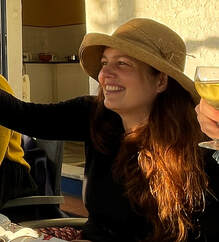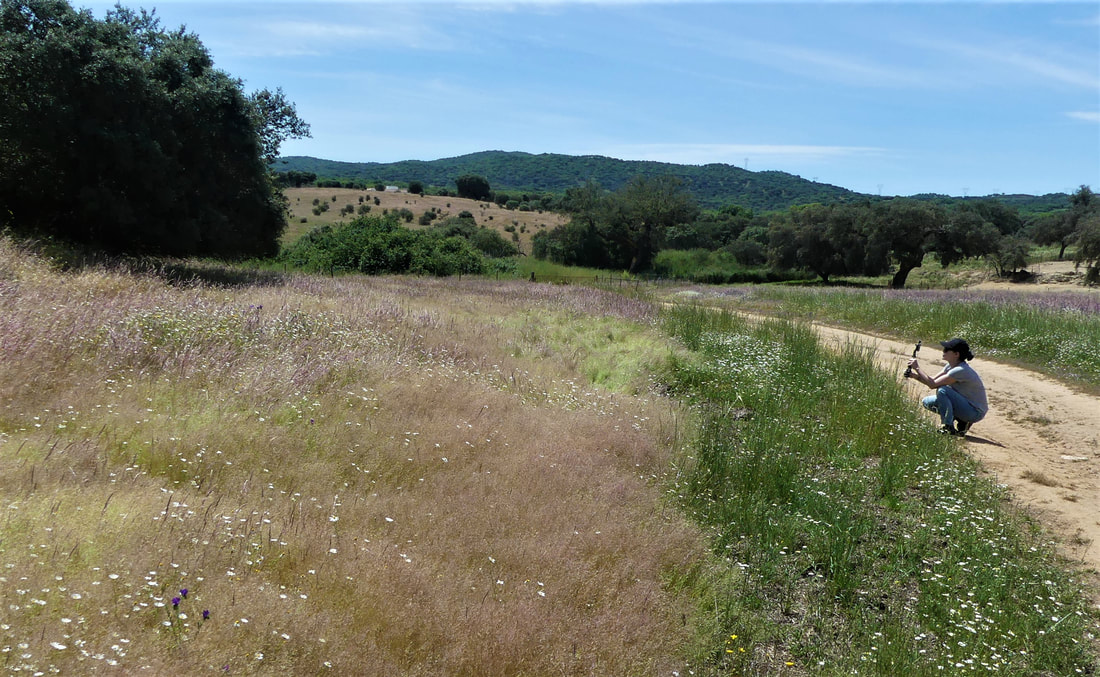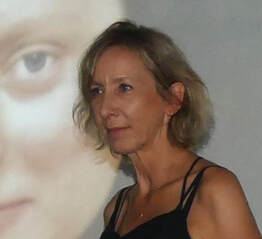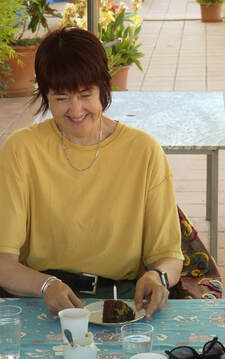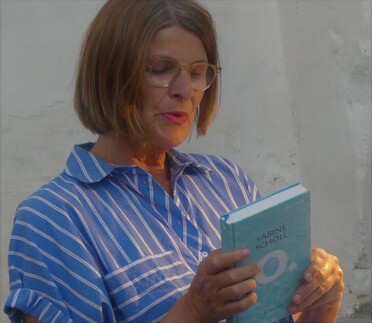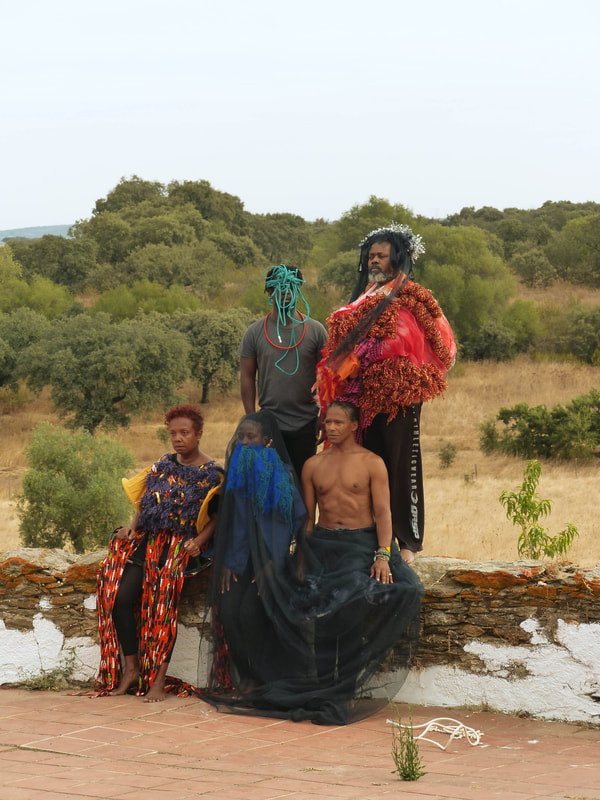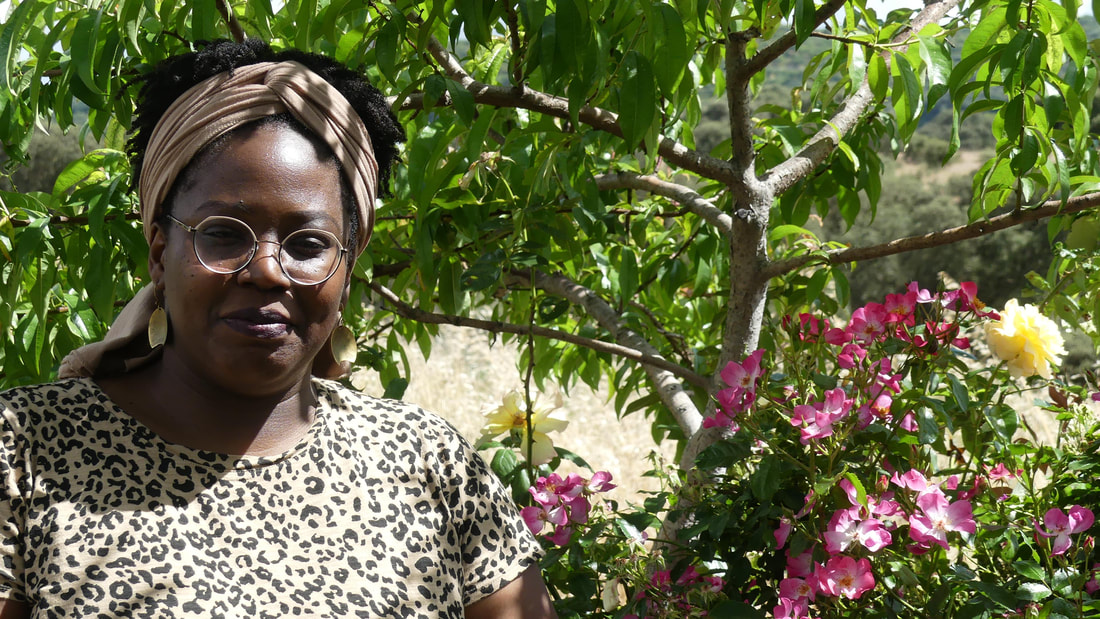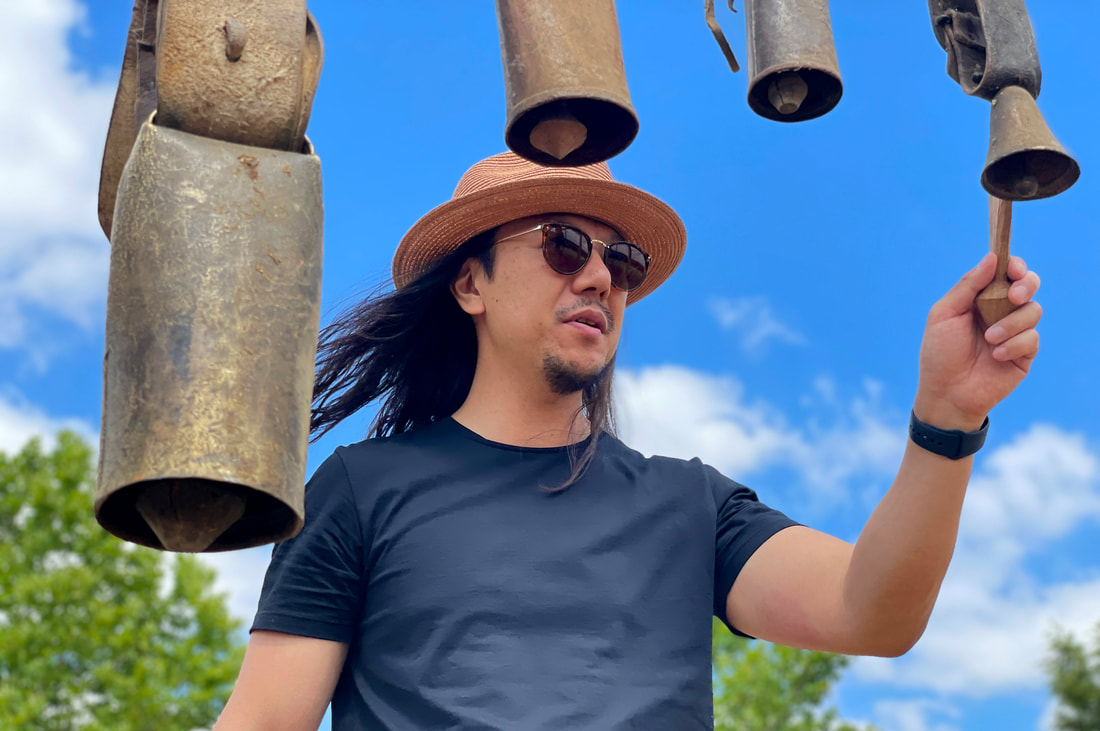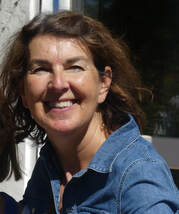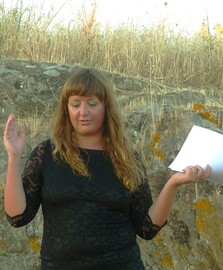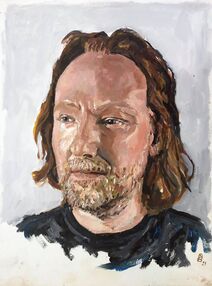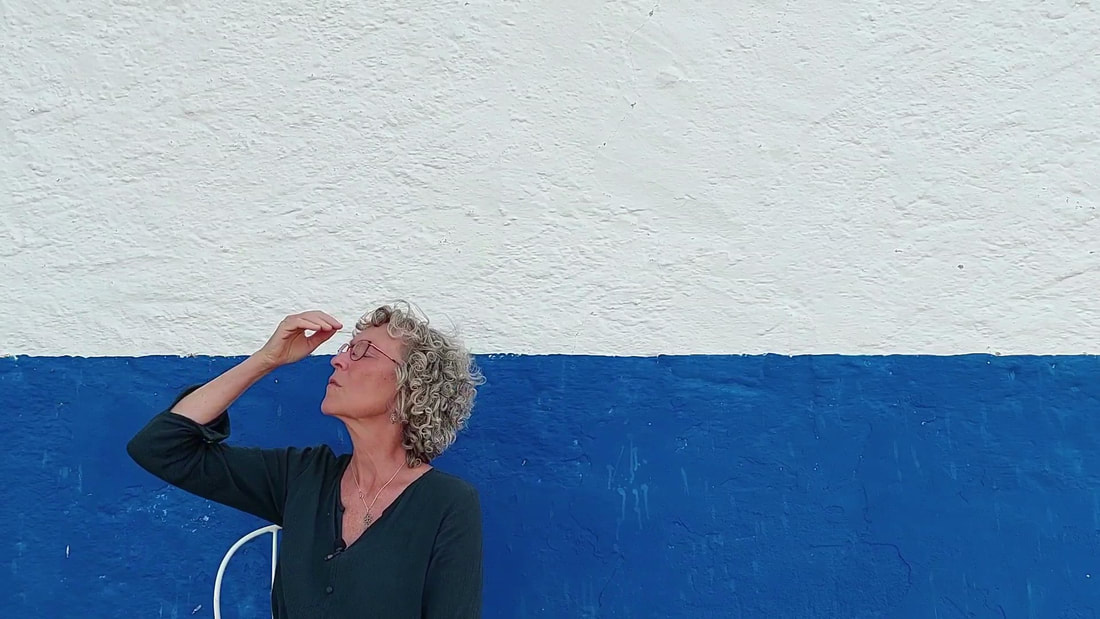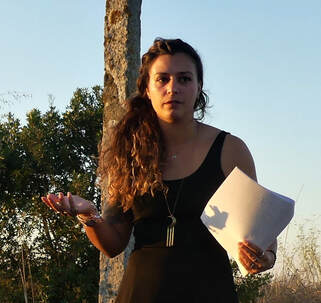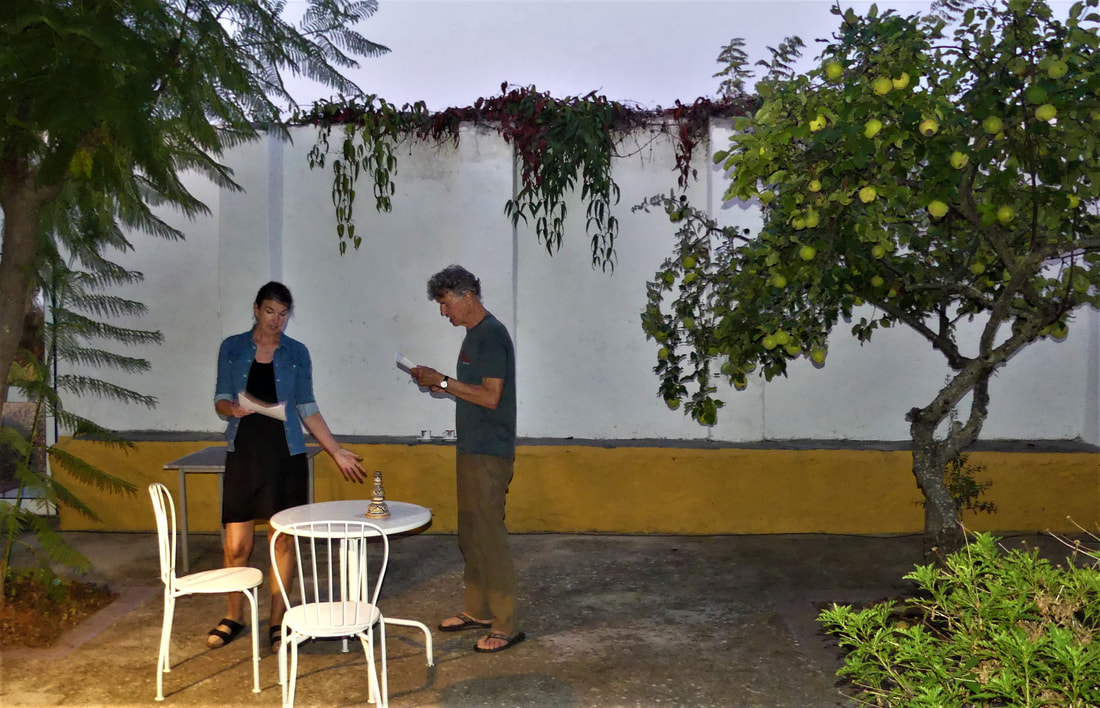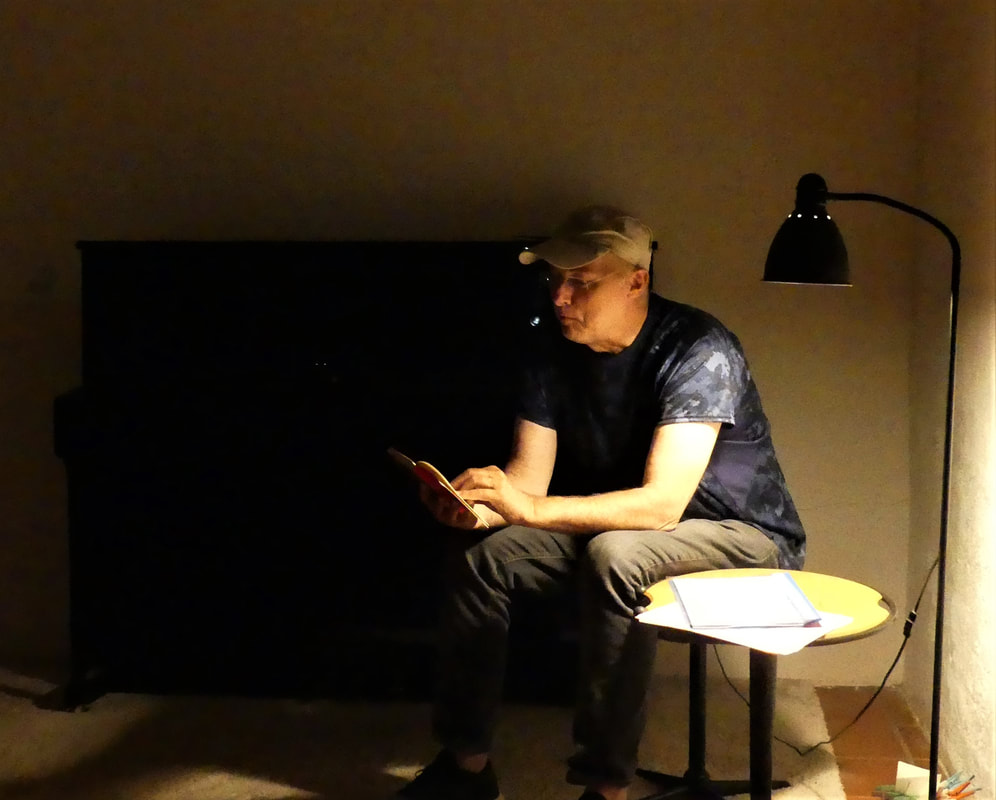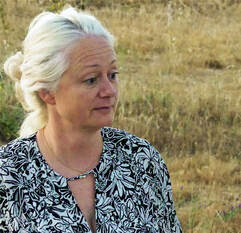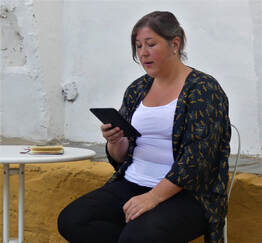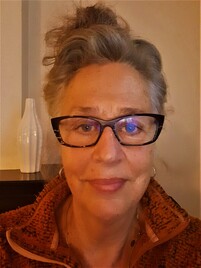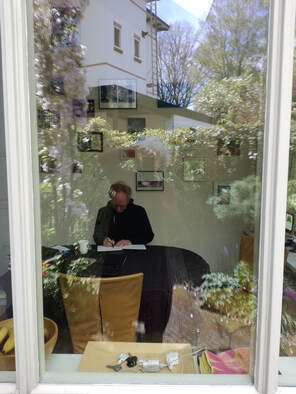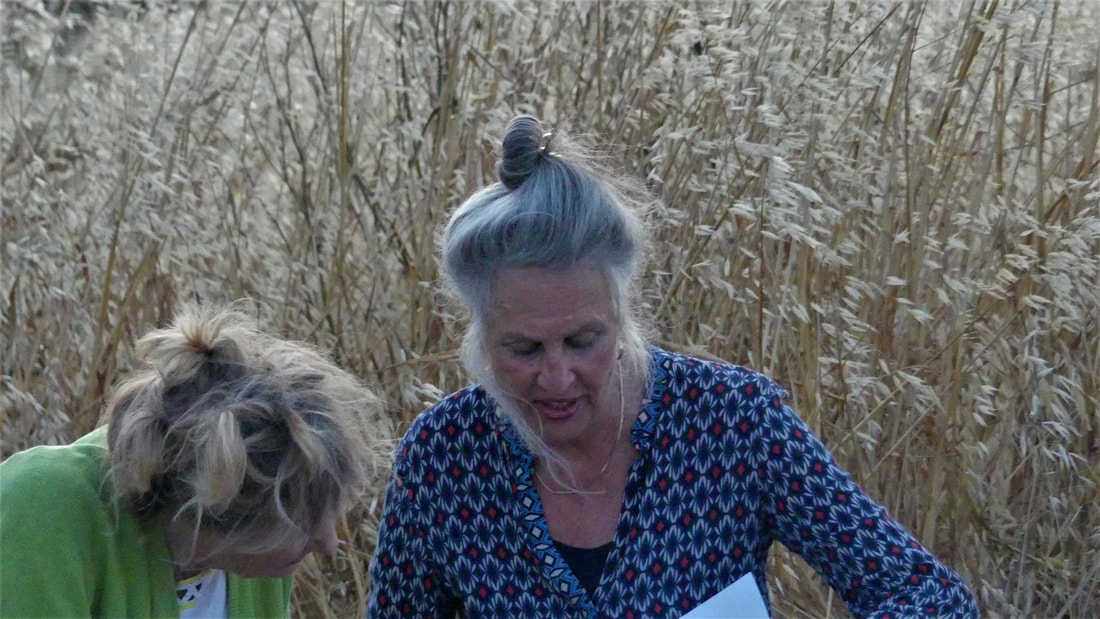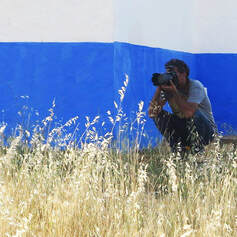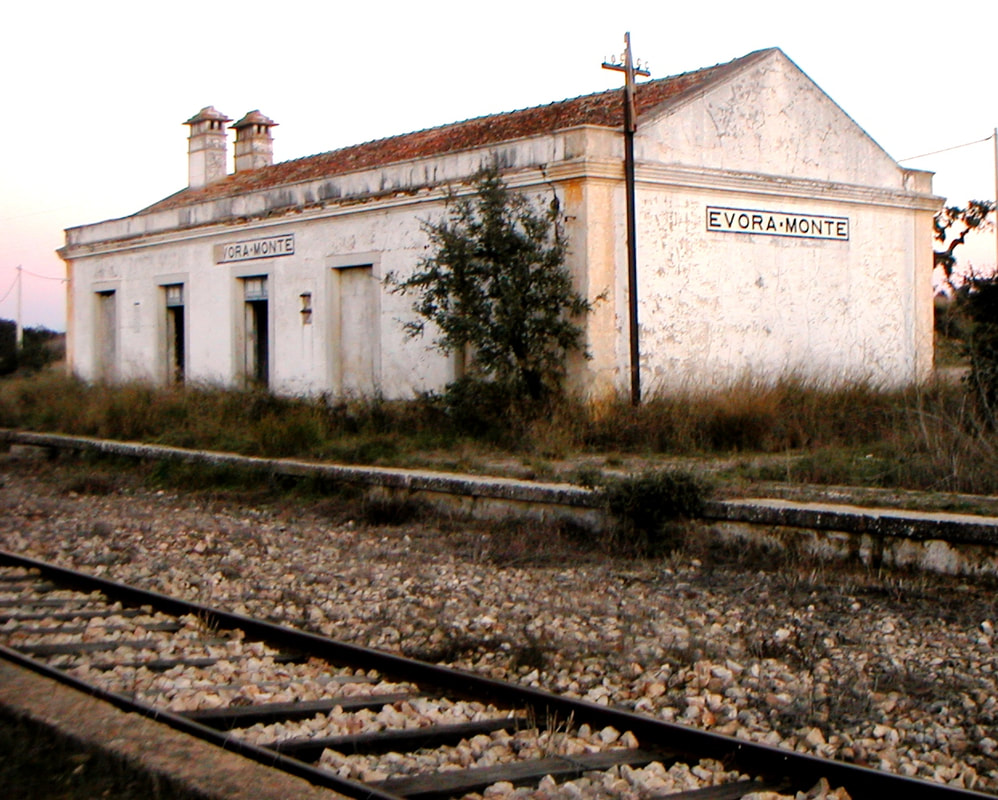This page shows residents and their projects in 2021.
most recent residents and their projects are in the newsletter.
Other pages show residents and their projects in 2020, 2019, 2018, 2017, 2016, 2015, 2014, 2012 and 2013 and 2004-2011.
A visual collage of residents is in this slide show.
most recent residents and their projects are in the newsletter.
Other pages show residents and their projects in 2020, 2019, 2018, 2017, 2016, 2015, 2014, 2012 and 2013 and 2004-2011.
A visual collage of residents is in this slide show.
|
We are very happy that Covid is finally fading away, Exhibitions, originally scheduled for 2020 and 2021, has been postponed to 2022 and 2023.
This applied to The Mirror Between Us with Sherry Wiggins and Luís Branco (see a special page for more information), for Ressonânçias da Terra, an exhibition of Ingrid Simons (see this page for Ingrid for an impression) and for an exhibition with Rob Monaghan. Sherry Wiggins (USA) and Luis Branco (Portugal) are participating in the OBRAS residency program already for six years. Their discipline is performative photography, in which Sherry is the performer and Luís the photographer. Their way of creating is highly interactive. See see page Wiggins/Branco for more info.
In 2021 they started a new project: “performing” famous mythical women such as Eve, Salome, Medea, Medusa and more. The first images are fascinating: see the slide show. In April 2021 Sherry and Luís won the first price with "outside woman" in a photo exhibition "Eye of the Camara; MYTHS and LEGENDS (April, May, Littleton Museum Collorado USA). The photo will also be part of their exhibition in Évora in 2022.
Ingrid Simons (Holland) was scheduled to have an exhibition in the prestigious Galeria D. Dinis of the Municipal museum of Estremoz in April-June 2021, but COVID made this impossible. It will now be in spring 2022. See this page for info on Ingrid Simons at OBRAS over the past 10(!) years.
Holly Osborn (USA) was painting both figurative and abstract, and in increasing sizes: she started on panels of 20x30 cm panels and ended with canvases of 1x1,5 m. Her sources of inspiration were diverse as well: her own studio and the trees around the house, as well as the abandoned marble quarries. Several works were exhibited in the USA in January.
Holly worked many hours per day, but, fortunate for all fellow residents: she found time to show her amazing cooking talents. In March - April, Antonio Tavares was working at OBRAS, especially to make paintings in sizes that are too big for his own studio. He was highly productive.
Apart from painting he was also contemplating on the history of the house: see this page. Mia Baily (Australia, living in Germany) made progress with her second novel, making use of the classic three-act structure.Mia is writer and visual artist whose work examines the possibilities of sight, both physical and metaphorical. Central theme in her work is When we look, can we see? She thereby refers to questions such as: what of the world can we objectively know? Are we trapped in our history and culture?
Bobbie Esra Pertran was working on several projects. One was the story of her family: a true example of global nomadism during the past two centuries. She just got an invitation for an exhibition in Norway.
Bobbie was also fascinated by the wind. She started a collaboration with a fellow resident and composer: Tetsuya Hori. It may result into a music video. And she made video and photo recordings of sunset at solstice. In OBRAS Holland, Yvonne Halfens made a series of sculptures, some of them life-size, others smaller and surrounded by colorful wooden sticks. The composition could suggest a throne but also a prison. Recurring element is a figure pointing to an opening in his chest. They are in the same time playful and sad.
In July Yvonne want to OBRAS-Portugal, where she made sculptures by gluing thin tree branches together into more or less geometric frameworks. Some were painted in bright colors. The sculptures seem fragile but in fact they are amazingly strong. You nearly do not dare to touch them, but there is little risk of damage. This inherent contradiction gives them extra quality. Yvonne also painted imaginary figures and made a paper collage that reminds to a Portuguese tiled wall.
Wilma Geldof (Holland) writes for several age categories, but mostly for young adults. And most of her novels are related to World War II. The latest one (which she was working on in her previous residency): The girl with the braids, was rewarded with several prices and is translated into five languages.
Wilma came back to work on a new novel: Every day a drop of poison. It is about Maarten, a Dutch boy in WW 2 who is terribly bullied on school because his father sympathizes with the Nazis. Maarten escapes by moving to an elite school run by Nazis. He proves to be a model student and is prepared for war. Different from most of his fellow students he survives. After the war, Maarten is arrested and has to learn living with the fact that he has been part of a killing machine. The artist talk of Wilma was impressive because of its content but also because she put it in a very personal context. Cathy Rose (USA) was working on a novel that tells about a hippy community, living in yurts. She is intrigued by the impact of unconventional lifestyles: the idealism, misunderstandings, blurred values, clashes and disillusions. She made use of her own youth experiences as well as her background as psychologist.
A nice co-incidence was that, near to us some yurts are used as part of an eco-village. During her artist talk Cathy showed her talent as a reader. Especially a short story about a lunatic who got fascinated by a Buddha necklace, was both moving and funny. Elisabeth Melkonyan (Austria) brought a role of paper: 20 cm wide and 30 meters long. She started drawing and painting on it three years ago and finished at OBRAS. It shows small natural elements that she found during her traveling. To exhibit it in full length the big hall was too small. She needed a 10m extension outside. Elisabeth made other sculptural works, both inside her studio and outside, inspired by nature as well as work of Sherry Wiggins. A recurring subject in Elisabeth´s work is the ocean. She presented several pieces that relate to it.
Dissident Chinese artist Ai Weiwei had the biggest show of his career, and he was doing it in a country he’s fallen in love with: Portugal. The artist ticks off what appeals to him about Portugal: the slow pace of life, very open” people, very acceptable food and abundant sunshine.
Ai arrived in Portugal in 2019 and has no plans to return to Germany or England, where he has also lived since leaving China in 2015. He bought a house near Montemor, 40 kms from OBRAS. “I always make decisions by my personal instinct. I feel comfortable here. Remaining in Portugal was probably the best decision I ever made,” Ai said. His exhibition, “Rapture” (June -November, in the Cordoaria Nacional in Lisbon) showed 85 pieces including some of his iconic works, as well as new ones produced in Portugal. “Forever Bicycles,” from 2015, a giant sculpture using 960 stainless steel bicycles as building blocks, stands at the entrance to the building. Ai's 16-meter-long (52-foot-long) black inflatable boat with human figures, which alludes to the migration crisis, is also in Lisbon. Ai has travelled across Portugal visiting craftspeople to learn about using traditional Portuguese materials such as marble, textiles, hand-painted tiles and cork. We visited the exhibition of Ai Weiwei, and all of a surprise we met him in person (!). And even more of a surprise: he had heard about us and said "being nearly neighbours I should like to come and visit you" (!!) Let us see what the future brings us. Sabine Scholl (Austria) was working on a novel about Jews in WW2 who were waiting in Lisbon in an attempt to escape Europe and get shipped to the USA. The story tells about their fear and expectation, but also about those who made the trip and started a new life, which for some was filled with frustrations and disillusions.
Nuno Santos (artist name Chullage) had a short but highly productive residency, for which he brought a complete sound studio. He was working on a new album: he mixed electronic music (such as Hip Hop) with African music on traditional instruments and with the sounds of sheep bells. At the end of his residency he invited all fellow residents for a jam session. He proved to be an excellent composer, conductor and animator. Everybody was excited.
On 20 April was the premiere of O Riso dos Necrófagos : a play that tells about the Batepá massacre in 1953 in São Tomé.
In September 2020 Teatro Griot, a theatre group from Lisbon had rehearsals at OBRAS for this play and we were honored to be invited for the premiere in Culturgest, Lisbon. In 2021 it will tour through Portugal and abroad. The play is highly actual in the scope of Black Lives Matter. More information on content en actors is on the page residents 2020. |
|
